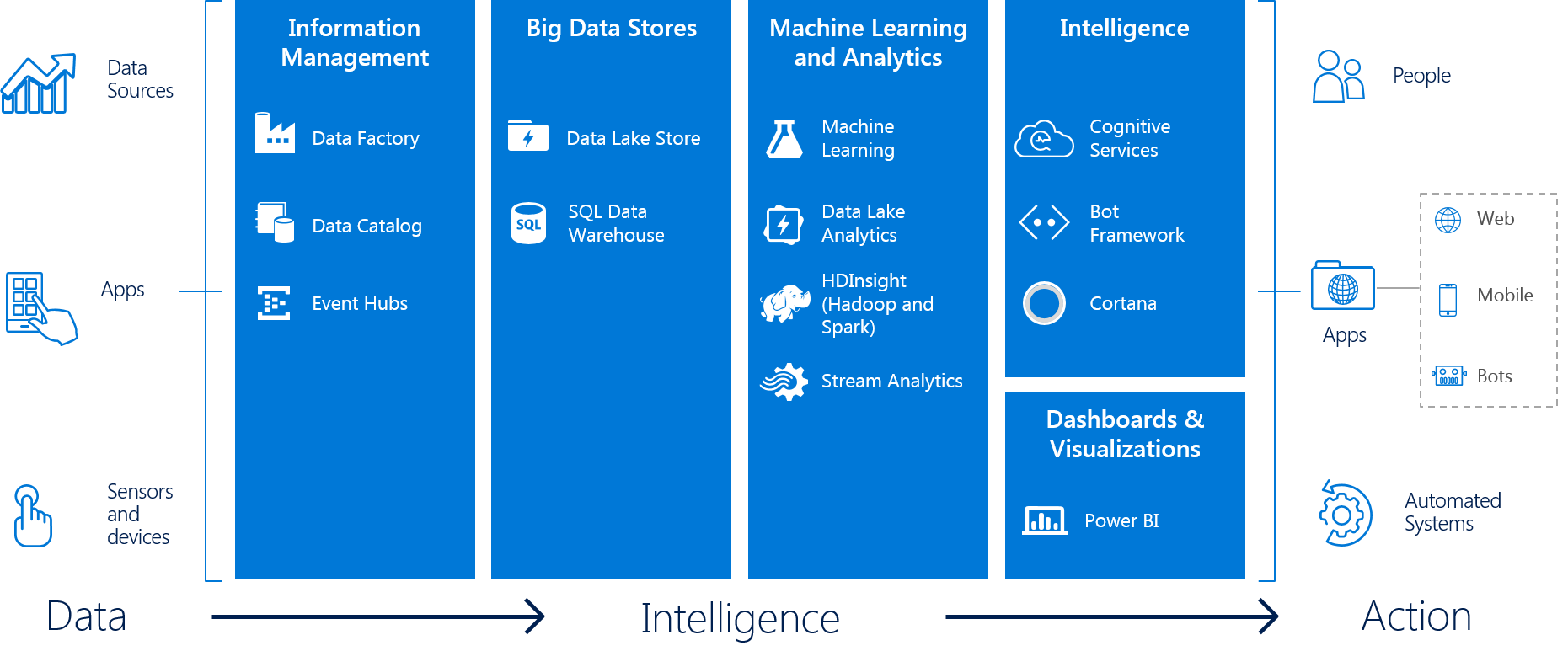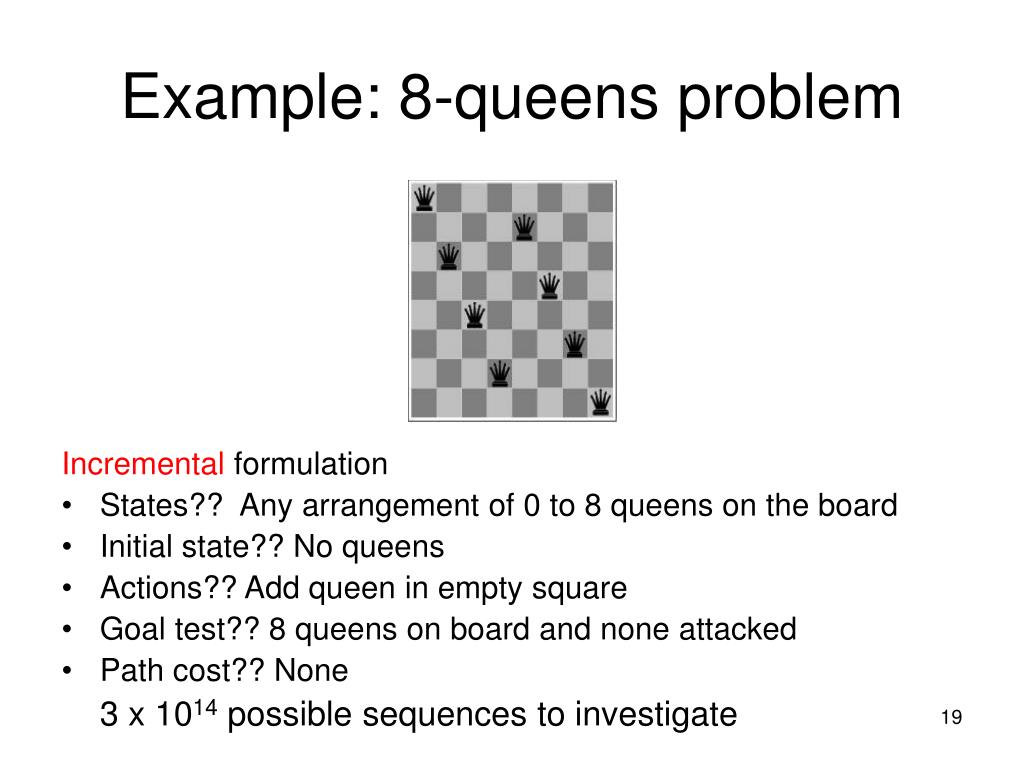

Learning involves memory - the system changing how it behaves in the future, based on what it's learned in the past. We do not generally consider sorting algorithms to be "learning". In some respect, all algorithms - even sorting algorithms (like binary search) - are "adaptive" to the data. If you can solve a problem at level 0 it’s hard to beat. The great benefit of level 0 (traditional algorithms in computer science) is that they are very reliable and, if you solve the problem, can be shown to be the optimal solution. adapting parameters to data) are at level zero. No required training data, no required testing dataĪlgorithms that involve no learning (e.g. We should target the level appropriate for what we are trying to achieve, and recognize when an existing AI system needs to be rebuilt to change levels. We should recognize the benefits, and costs when we work on a project at level N, we should consider the work to get to N+1. There are significant benefits in scalability ( and typically performance/robustness/etc) in moving up levels. Choosing to move up a level requires recognizing the new challenges, and the actions to take in designing our AI system. For example, moving from Level 1 to Level 2 reduces ongoing data requirements and customization work, but introduces a self-reinforcing bias problem. Systems at Level 4 essentially maintain and improve on their own - they require negligible work from in-house development teams.
#Ai actions costs example software
Levels of AI Systems provide breakpoints that dramatically affect system cost, in a progression as we move from traditional software ( Level 0) up to fully Intelligent software ( Level 4). Lower levels are more consistent and can be much better avenues to explore possible solutions than higher levels, whose cost and variability in performance can be large hindrances. The focus should be on learning about the problem and the solution space. It can make a lot of sense to start with a novel feature at a “low” level, where the system behavior is well understood, and progressively increase the level - as understanding the failure cases of the system becomes more difficult as the level increases. one goal might be to move a system operating at Level 1 to be at Level 2 – but complexity ( and cost) of system build also increases as levels go up. In general, there is increasing value as you move up levels, e.g. System complexity is defined by the scope of its (a) inputs, (b) outputs, and (c) objectives.

Different components can be at different levels having an intuition of how they are different can help inform planning and execution. The leveling framework below outlines core differences in how systems will change over time: we can use these when both designing a system and operating it. It’s critical to understand what kind of behavioral changes the system might undergo, and to factor that into the design of the system. Employing levels – and making trade-offs between levels – can help provide a shorthand for differences post-deployment. Levels can provide core breakpoints for how different AI systems can behave.

Adopting a level system can help organizations plan and prepare for AI systems that scale in complexity over time. When building AI systems, it can be useful to talk about their “level”, just like SAE has levels for self-driving cars. A core part of this design difficulty is understanding how they change (or don’t change!) over time. And design decisions directly affect the ability to scale AI systems. Machine learning models degrade over time without ongoing investment in data and hyperparameter tuning. The behavior of AI systems is learned, potentially changing from its initial deployment. Unlike traditional software where the majority of the costs are in the development process before the systems are deployed, with AI systems, most of the costs occur after.

Designing and building AI systems is difficult.


 0 kommentar(er)
0 kommentar(er)
